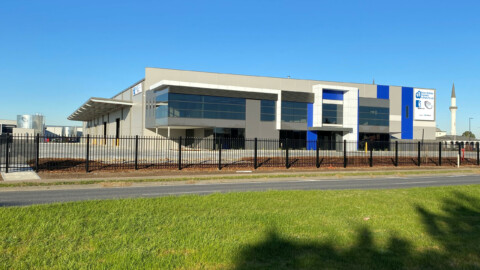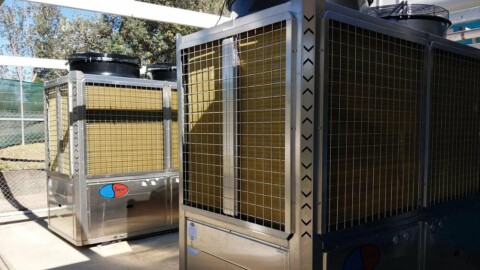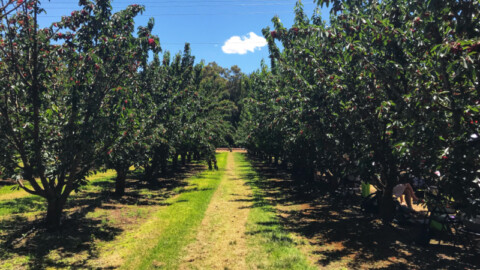The paradigm shift from centrifugal pump and control valve combinations to valveless flow control with progressive cavity pumps.
A paradigm shift is a change from one way of thinking to another. It does not just happen, but rather it is driven by agents of change. There are current paradigms, or methods of thinking, that need to shift because they limit progressive cavity pump (PCP) usage. For many the logic is to utilize a centrifugal pump and control valve for flow control applications, however PCPs are particularly well suited for these applications due to their valveless design, controllable flow and low pulsation. The term for the innovative use of PCPs in such applications has been coined “valveless flow control”. In order to cajole a paradigm shift from the conventional use of centrifugal pumps with control valves, the many advantages of and opportunities for valveless flow control with a PCP must be revealed and easily identified. Typical applications where PCPs can replace centrifugal and control valve combinations include wastewater treatment, chemical metering applications, and any application in which flow control is vital.
For example, an application transferring slurry to a blending tank would typically prompt the need for a centrifugal pump and a control valve to control flow, but a PCP should be considered. PCP advantages include reliability, reduced maintenance, capital, and operating and energy costs. Various ranges of PCPs can and precisely meter and gently convey fluids of any viscosity, in a wide range of temperatures (especially with even wall stators), with or without solids. In a PCP, a single helix rotor turns insides a double helix stator to create cavities which progress from the suction to discharge. The compression fit between the rotor and the stator creates seal lines that keep the cavities separate as they move through the pump with each rotation. The compression enables the pump to act like a valve. The result is flow with very little pulsation and low shear rates. Slip is less of an issue and when the pump stops nothing will flow through it. The compression between the rotor and stator even enables customers to mount the pumps vertically.
Centrifugal pumps are a very common type of pump that includes a shaft-driven impeller that rotates inside a casing. Liquid flows into the suction port, or inlet, of the casing and is propelled to the outside of the casing, exiting through a discharge port. Centrifugal pumps are designed for high flow applications and conveying liquids with relatively low viscosity with consistencies like water or like very light oil. A flow control valve regulates the flow or pressure of a fluid and is generally incorporated as the final element of a control loop to control flow within the required operating range. Such valves can be identified as pressure regulators and flow control, altitude, or relief valves. They can be fitted with actuators or can be automatic which do not require an external power source. Common issues with centrifugal and control valve combinations include cavitation, leaks, obstructions, erosion, hysteresis and modulation. Centrifugal pumps can lose prime between batches or from alternating pumps. If a valve fails the only choice is to repair or replace it.
Valves could be eliminated altogether. PCP can solve a multitude of flow control issues compared to other pumps that require control valves. When considering process control, a progressive cavity pump, flow meter, and Variable Frequency Drive is much simpler than a centrifugal and valve combination. A PCP self-primes and acts as a pump and control valve in one, providing much better flow control. PCPs are not affected by changing pressures. Hysteresis and modulation can be virtually eliminated. There is no worrying about internal or external air leaks or obstructions in the suction or discharge pipework.
Recent innovations in PCP technology such as Smart Conveying Technology (SCT) and the success of several flow control installations at chemical process plants has resulted in proof that using a PCP improves performance and cuts costs. The SCT design allows the stator to be re-adjusted due to the integrated retensioning device, giving longer stator and rotor life. By separating the stator into two halves, PCPs with SCT will reduce service times substantially and no longer have to be removed from the installation for maintenance. Typically, centrifugal pumps are easy to maintain (whereas control valves are not so easy because an entire separate set of calibration and diagnostic techniques comes into play), but a progressive cavity pump with Smart Conveying Technology (SCT) is extremely easy to maintain.
When comparing the costs of both potential flow control solutions, be sure to compare the cost of a PCP to the combined cost of a centrifugal pump and control valve. The control valve‘s power medium is often compressed air, one of the most expensive sources of energy in a plant. Electric actuators are quickly becoming a popular alternative as plants seek ways to reduce energy costs and offer precision, but retrofit is costly. The cost of a complex control valve and actuator combined with a centrifugal pump often exceeds the cost of a PCP by 1.25 to 1.5 times.
What matters now is that you have experienced a paradigm shift and can now see valveless flow control with a progressive cavity pump as an option for your flow control application. Can you be an agent of change in your industry?
For further information regarding valveless flow control, please contact seepex Australia on (02) 4355 4500, or visit our website www.seepex.com
















